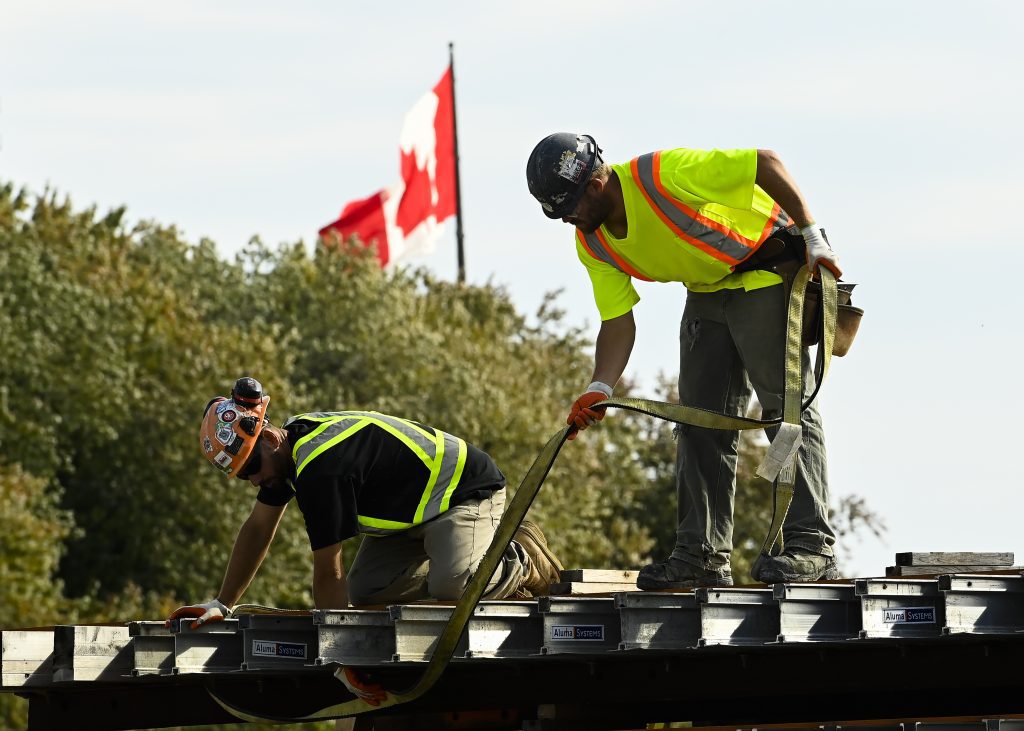Manitoba’s apprenticeship ratio is now 1:1.
The government of Manitoba announced on Friday that this measure would improve safety and ensure proper training for people in the province who are learning a trade.
It was introduced initially due to Michael Skanderberg’s death in 1999, as he was killed while working without supervision.
During the fiscal year 2020-2021, the previous Progressive Conservative government raised the ratio from 1:1 to 2:1, according to the Apprenticeship and Certification Board annual report for that year.
Cindy Skanderberg, Michael’s mother, expressed her delight at Premier Kinew's fulfillment of his promise to restore the 1:1 ratio.
However, not everyone is pleased with this announcement.
The Winnipeg Construction Association (WCA) said it has been strongly opposing this change.
In a media release, WCA stated that this modification could compel apprentices to train under journeypersons who are unwilling to share their expertise, make it more challenging for apprentices in rural and northern areas to find a journeyperson to train under, lead to job losses for current apprentices, and make it tougher for apprentices to graduate.
The WCA mentioned that the number of worker injuries has been decreasing steadily over the past five years.
It also reported that in a 2024 survey of WCA members, 80 percent said they would hire fewer apprentices, and 63 percent said they would have to lay them off because of the ratio change.
Tanya Palson, the executive director of the Manitoba Building Trades, remarked, “We are aware that the current apprenticeship program is under strain, and we have a responsibility to ensure that when individuals join the training program, they receive support until completion.”
She also pointed out that Ontario recently made a similar move to a 1:1 ratio.
The Manitoba government indicated that it would implement these changes in consultation with the Apprenticeship and Certification Board, and it mentioned that special considerations would be given to situations such as those encountered in northern and rural Manitoba.




